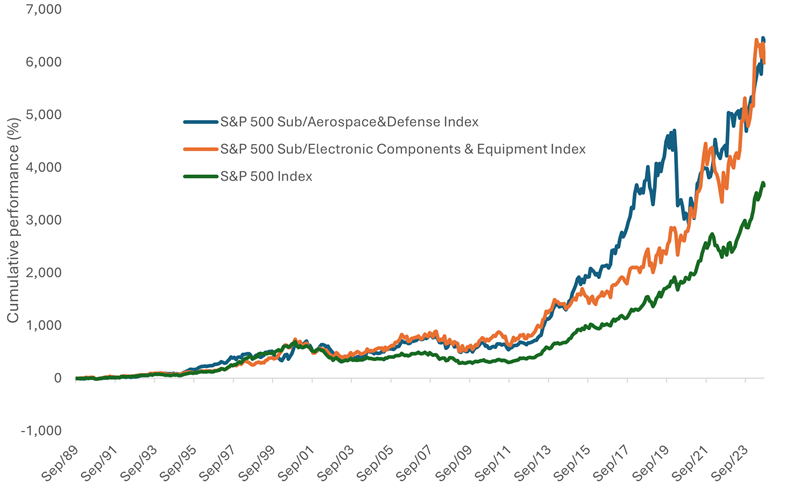In his latest column, Jason Zweig, one of my favorite financial author writes about the need for patience and strong stomachs when markets turn volatile like it did in the past weeks. Using his personal experience during the financial crisis of 2008-09 he gives some valuable advice for long-term investors.
From the article:
To paraphrase the boxer Mike Tyson, investors always have a plan until the market punches them in the face.
After U.S. stocks dropped roughly 10% in ten trading days, it’s more important than ever for individuals to understand what it means, and what it takes, to be a long-term investor.
There was a lot of crowing this past Tuesday when the S&P 500 rose nearly 2% after a 4.1% drop on Monday. Cries of “buy on the dip” rang throughout the land.
Buying on the dip, when stocks go down a few percentage points, isn’t so hard. Can you keep buying, or even merely hold on, if stocks go down 50% or more? That’s the question I’ve been asking myself this past week — not because I believe that’s about to happen, but because I know it can.
The best way to answer that question is to look back at what you did in 2008 and 2009, if you were investing then.
I did just that last night, poring through my old account records online to check whether my memory is accurate. Humans have a remarkable ability to make rearview mirrors out of rose-colored glass. So I wasn’t sure whether my recollection of buying more stocks throughout 2008 and early 2009, as the market kept dropping in nauseating swoops, was just a myth I’d been telling myself.
It turned out that between the market’s peak on Oct. 9, 2007 and its bottom on March 9, 2009, I repeatedly, almost obsessively, pumped any idle cash into stocks.
Source: When Investing in Stocks Makes You Feel Like Throwing Up and You Do It Anyway, WSJ, Feb 9, 2018
The entire article is worth a read.



